The Compassion of Father Woods
June 7, 2021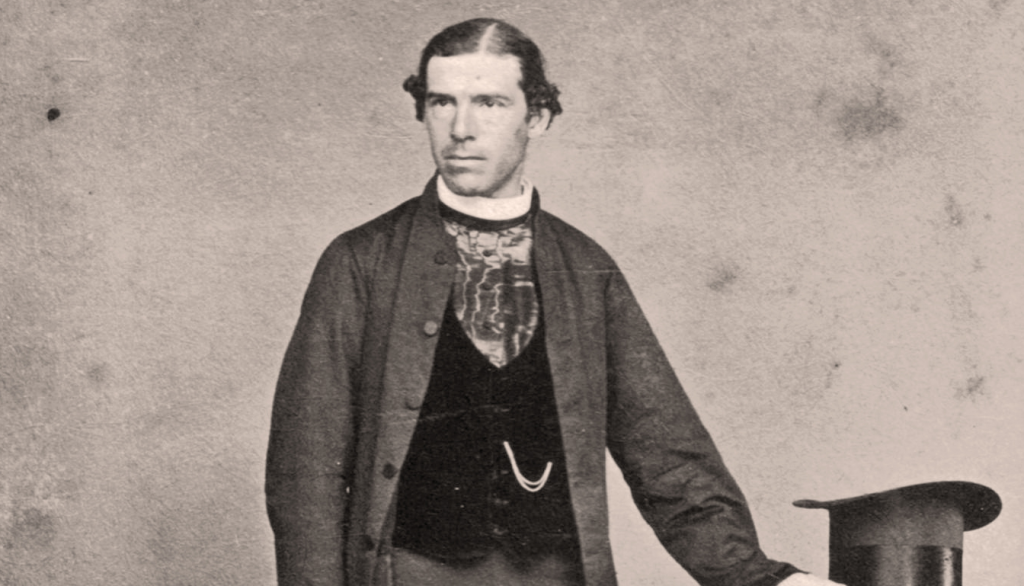
Perhaps because of the circumstances in which Julian Tenison Woods constantly found himself, he developed throughout his life a deep sense of compassion for those in need of any kind.
Losing his mother at an early age, his long road to priesthood and subsequent rejection by Bishops, his separation from the Sisters and his broken friendship with Mary MacKillop could have made him a rather bitter man.
Yet his own deep sense of God evoked in him a compassion towards those who lived on the edges of the society of the time — whether in remote rural areas, Indigenous peoples, or those who had not had opportunities for education whom he met as Parish Priest in Penola.
What Reconciliation Means To Me: Leith Bailey
June 3, 2021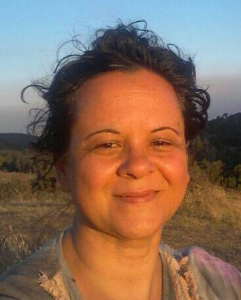
Leith Bailey is a personal carer for the Sisters of Saint Joseph at the South Perth Convent. She is also in her final year of a Bachelor of Counselling Degree at the University of Notre Dame.
I’ve lived in places like northeast Arnhem land, the Western desert areas. Mostly that was because I was living the Fly In, Fly Out mining life with my husband around 20 or 25 years ago. I would say my real love for the culture, for the different Indigenous cultures, began at that time.
In Northeast Arnhem Land, I learned about their incredibly complex system of kinship and family and language — the ways in which language and culture were expressed through song and art.
What Reconciliation Means To Me: Ruth Nelson
June 2, 2021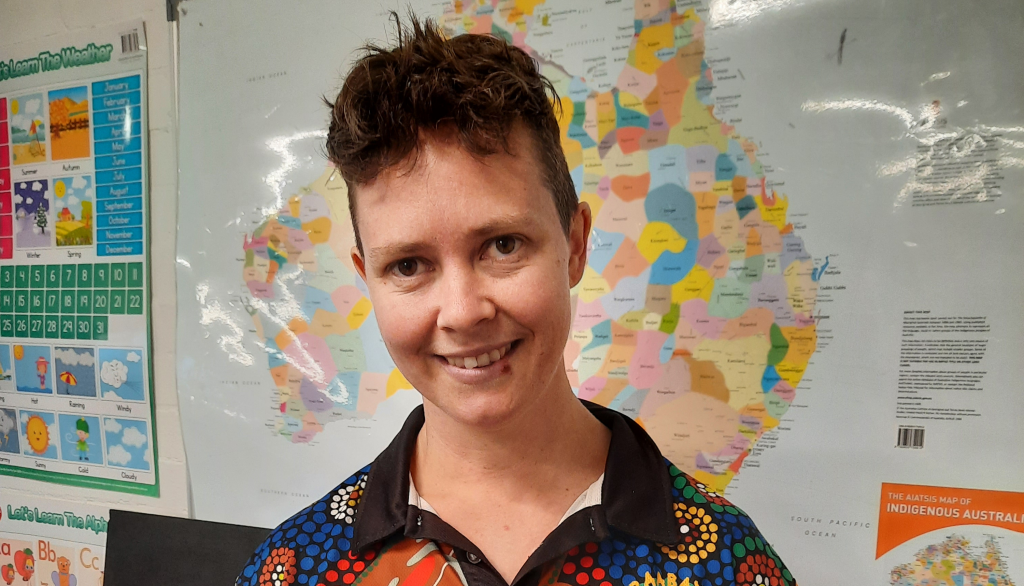
Ruth Nelson is a Western clinical psychologist employed at the Baabayn Aboriginal Corporation and has participated in Baabayn’s community life for about four years. She is also a member of the Josephite Justice Network.
In my job as a clinical psychologist at Baabayn, I draw a lot on liberation psychology which holds that there is no healing without justice.
Personal healing cannot be separated from systemic justice and the righting of wrongs. We need to systemically address policies and institutions that perpetuate racist behaviours and behaviours that oppress the First Nations people.
What Reconciliation Means To Me: Alma Cabassi rsj
June 1, 2021Alma Cabassi is a Sister of Saint Joseph currently living in Halls Creek, Western Australia. Her ministry for the last nine years has been living alongside our First Peoples, listening, reflecting and being with them.
My view is that the small contribution that I make is just one of the infinite number of steps in a very long and convoluted path to reconciliation.
Faithful Mother Gives Her All
May 30, 2021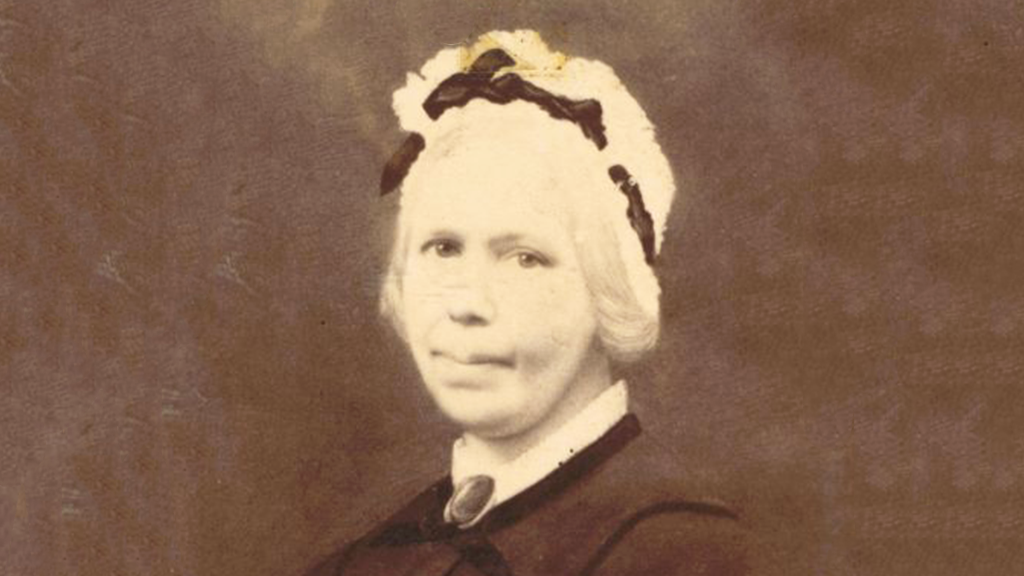
Flora MacKillop gave birth to eight children. Three she gave to God in the priesthood and religious life. She mourned five who were lost before they turned thirty, one while still a baby.
No stranger to sorrows, Flora’s life ended suddenly in the notorious wreck of the Ly-ee-moon off the coast of Eden, on the south coast of New South Wales. Sunday 30 May marks the 130th anniversary of her death.
Yet we do not remember Flora as a tragic figure. Rather we recall her great qualities of motherhood and acclaim a stoic woman who devoted her whole life to God, her family, and to the sisters who joined St Mary MacKillop in her work.
What Reconciliation Means To Me: Lorrae Collins and Vivica Turnbull
May 28, 2021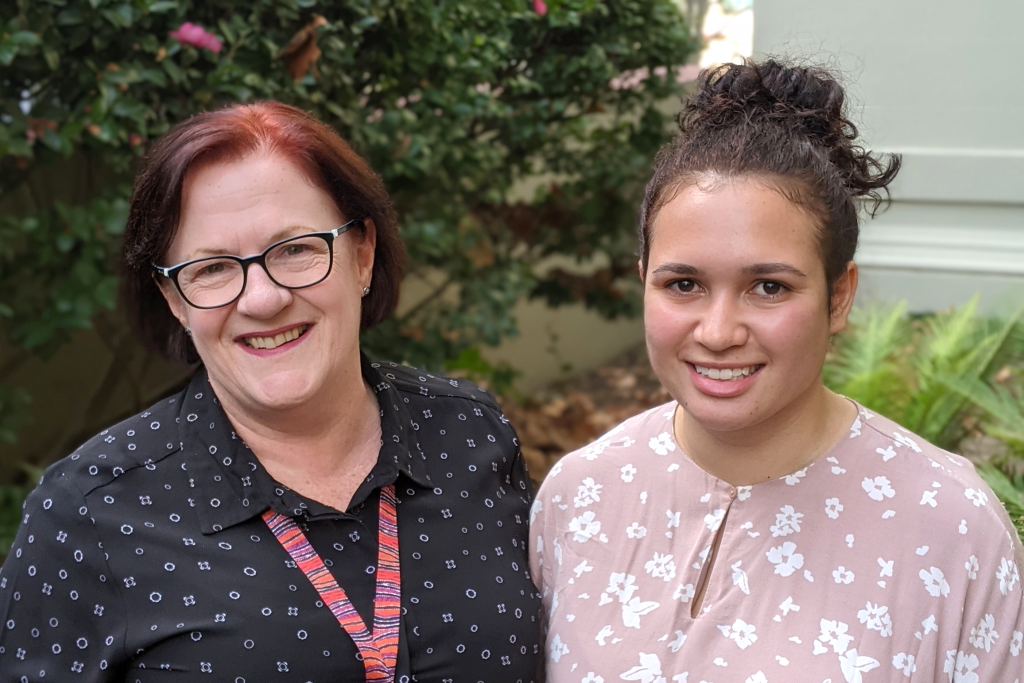
Vivica Turnbull is a Barkindji/Ngamba woman from Bourke in her first year of a Bachelor of Biodiversity and Conservation at Macquarie University, Sydney. Lorrae Collins is the Congregational Finance Director for the Sisters of St Joseph of the Sacred Heart. Lorrae’s husband Paul and Vivica’s father Bruce met while Bruce was a student of St Ignatius’ College, Riverview, and began a long association between the two families.
Vivica: I chose to do Biodiversity mostly because of my upbringing in Bourke and my mum – she did some work in the National Parks. I think it’s really important work. It’s also part of my culture as well, taking care of country and wanting to be part of that history and story. I’d like to go into National Parks management, maybe in conservation policy making.
What Reconciliation Means To Me: Sherry Balcombe
May 27, 2021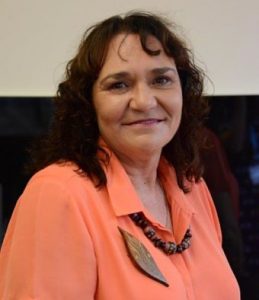
Sherry Balcombe has a background in Aboriginal welfare, with six years at the Victoria Aboriginal Child Care Agency in Victoria and seventeen years at the Aboriginal Catholic Ministry of the Catholic Archdiocese of Melbourne, six years of which she has spent as its Co-ordinator. She is a Western Yalanji, Djabaguy/Okola woman from Far North Queensland who was born on Wurrundjeri Country in Melbourne, Victoria.
I first encountered the Aboriginal Catholic Ministry through the Opening the Doors Foundation. I was seeking tutoring for my children at the time and it was the first time my family and I had any support.
To show gratitude, I rang the Aboriginal Catholic Ministry to thank them and then they offered me a job. Although I couldn’t accept at the time as my children were too little, later I was able to accept. The Aboriginal Catholic Ministry were able to be flexible and so all the reasons not to work were taken out of the way.
Big Strides for Little Feet
May 15, 2021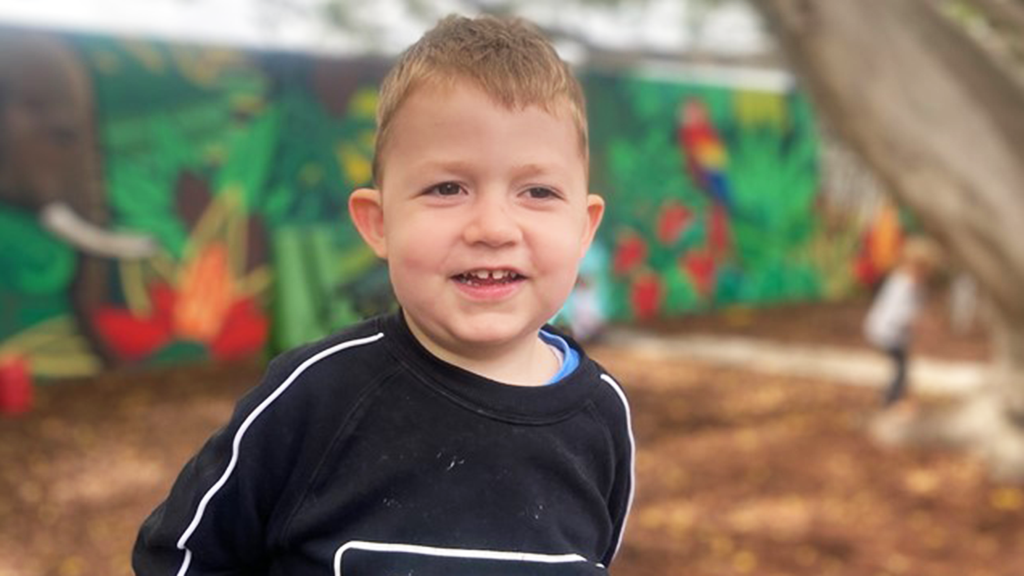
When you have a baby, your mind takes you on a journey. Immediately you start to think about what your child’s life has in store and how you, as a parent, can ensure they enjoy every opportunity in life.
In January 2018 my husband and I, along with our daughter Olympia, welcomed our twins Dimitri and Marissa to the world. Having twins was a challenge on its own, but we were so excited to be growing our family, that we took this new adventure in our stride.
